How can foundational literacy skills be taught to older Emergent Bilingual students? This show is in direct response to educators and education leaders asking about phonics instruction (based on what we are hearing from the Science of Reading) and how that makes sense for our Multilingual Learners. I have lots of resources and practical ideas for you!
You can listen right here or in your favorite podcast app:
Listen to “BAP114 Literacy for Older Newcomers, What is Practical and Effective” on Spreaker.
I completely agree that every child needs to learn essential elements of reading. But I would also offer you that our Multilingual Learners need more. And please know that I was making all of this harder than it needed to be. This show will outline what I did why I did it, why the students were learning so quickly, and where the research is that supports all of this.

Here are the links I mentioned in the show:
Much of what I talked about was from the Boosting Achievement book I wrote with Anna Matis.
From the Seidlitz Education Blog
I promised the link to my blogpost on using writing in content classes:
RESEARCH and RESOURCES
Third Quarter NAELPA Webinar: LINK TO VIDEO
Fourth Quarter NAELPA Webinar
From that webinar, I mentioned Dr. Denise Furlong, Emily Francis, Margarita Cruz and Elise Diaz. I recommend following all of them!
Dec 2022 Ellevation Impact Webinar
Here is the video recording Here are the slides with the Links
Types of Newcomers & What Literacy Instruction Should Include
I also discussed what I use to guide my literacy instruction. This is a visual of what I was explaining in the show:
Language Experience Approach (Co-Creating Text)
- Discuss a shared experience, such as a field trip or classroom project.
- As students discuss the experience in their own words, the teacher reframes their statements, recording their thoughts on chart paper for all students to see. At this point, students are connecting oral to written language by seeing their own thoughts and words recorded on paper.
- Once constructed, the teacher reads the text out loud to the students, modeling the sounds of the language with expression. Then with the teacher’s help, students practice reading the text several times.
- The teacher guides the students in recognizing specific words and aids in their development of reading skills such as determining meaning from context, phonics, and structures of the language.
- Students then use the shared text as a springboard for writing original compositions.
Below is an example of a recent co-created text I did with a class full of middle school newcomers. I explained this one in the show. I am also sharing some video clips of my high school students using co-created text in different ways. (of NOTE: I did not have my own classroom in these videos. My class was conducted in other teachers’ rooms during their planning periods.)
QSSSA – Encourage Speaking and Support Them to Communicate!
Newcomers (all students) *NEED* to talk before we begin writing together. I promised resources for helping newcomers speak if you need that. Episode 108 has a TON of resources on QSSSA. That is our top tip for structured conversations and it works great for newcomers:
Stuck on what to write about? You may want this post by Larry Ferlazzo which has great videos for using with Newcomers. Larry has SO MANY resources. ProTIP: Subscribe to his blog!
Tracking Growth and Teaching Foundations
I use assessments like the ones below to get a quick formative assessment on what a child can read. I just highlight what they can decode and file it away. I pull out a clean copy every few weeks to see if we have more sounds, words, etc. I am looking to show them growth. Dyslexia Logic has many free printables.
Honetly, I pick ONE that is a challenge for a student and track that one but the other forms at this website can help guide what you show the student or your class:
For me, the key was to use text they cared about to teach foundations. So these are assessments to show them growth. But my lessons done with co-created text, shared reading or text we have made comprehensible for context.
Environmental Print – Capitalize on It!
I mentioned a super-powerful idea which is teaching phonetics from print in the learner’s environment. Here is an example of an environmental alphabet made by Amanda McLaughlin in Omaha Public Schools.
And here is that FANTASTIC MLSummit (previously VirtuEL) session by Dr. Harvey Oaxaca.
I also mentioned that I did a show a while back with Jordan Mayer. He has great insight for teaching foundational skills. I learned a lot from him in that episode.
I hope this has been helpful.
Please connect with me on Twitter or Facebook. I’d love to hear from you.
EVEN MORE RESOURCES (projects and more)
Check out my Rapid Literacy padlet. It links to other padlets with many literacy resources. Look for a video of a newcomer doing a “personal playlist” project. (Thanks to Noa Daniel for all her wisdom in HOW we do projects!)
THANKS and HUGS!!
Carol
CAN WE HELP YOU? PLEASE REACH OUT!
Did you know that I am part of an amazing team of Newcomer specialists? I am! We would love to talk to you about supporting your district’s needs so that you can support your Multilingual Learners and SLIFE in practial, powerful ways. Just email me at Carol@SeidlitzEducation.com to learn more.
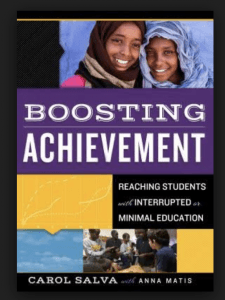
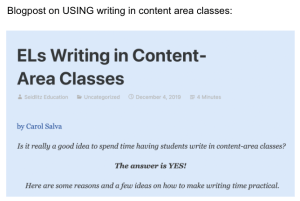
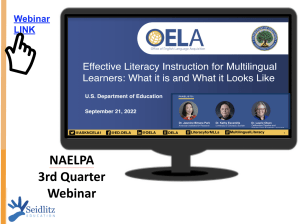
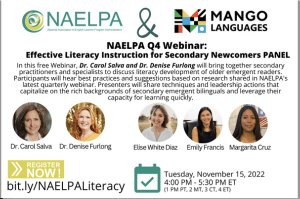
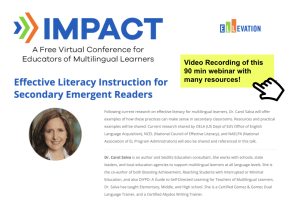
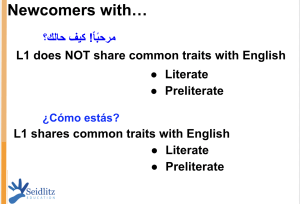
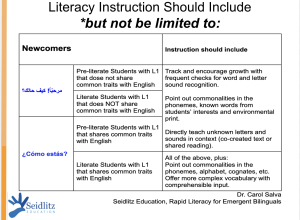
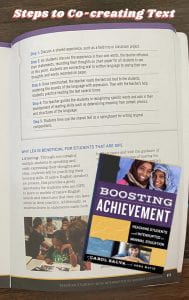


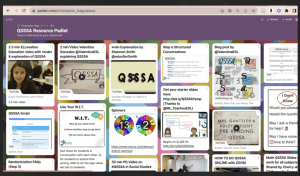
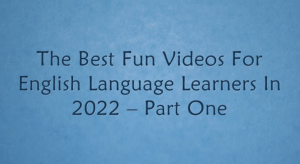
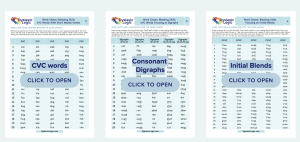

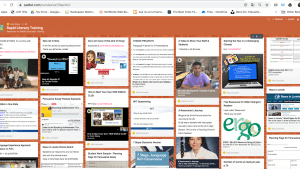
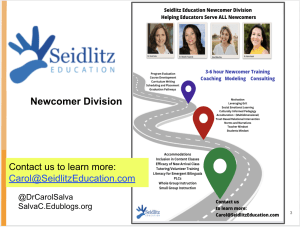
Question: Is it possible to view the OELA Webinar – Effective Literacy Instructions for Multilingual Learners, from Sepetember 2022?
Yes, Rebecca. I thought I had it linked. I went back and inserted the link but here it is also: https://vimeo.com/754385469/91536d2474